Is Veganism the Future of Decor?
More and more consumers are looking for cruelty-free products for their lives and homes. Is this the future of design?
Veganism – a lifestyle that excludes all forms of animal exploitation – is a growing industry. Last December, The Economist dubbed 2019 The Year of the Vegan: according to the magazine, a quarter of people in the USA aged 25 to 34 consider themselves vegan or vegetarian. According to Roy Morgan, in Australia nearly 2.5 million people (12.1% of the population) now have diets of which the food is all, or almost all, vegetarian. This is up from under 2.2 million (11.2%) in 2014. And, Australians have the world’s greatest desire to learn about veganism, as shown by an analysis of searches from around the world during 2018 on Google Trends.
Vegan homes, too, are a healthy, ethical and booming trend that is opening a potential market for decor professionals. At a panel at the Madrid Design Festival, trend guru Lidewij Edelkoort suggested that veganism is one of the keys to decor in 2019. We explore what this means for professionals and consumers.
Vegan homes, too, are a healthy, ethical and booming trend that is opening a potential market for decor professionals. At a panel at the Madrid Design Festival, trend guru Lidewij Edelkoort suggested that veganism is one of the keys to decor in 2019. We explore what this means for professionals and consumers.
The percentage of people who look for ethical options when purchasing has continued to increase. “In the world of fashion, for example, firms like Michael Kors and Gucci no longer use animal skin,” says DiMare, pictured here with her dog.
Meghan Markle, UK Duchess of Sussex, went for a vegan paint for the decor of her first child’s room, and many magazines in the decor sector have echoed this.
As a result, adding vegan interiors to a professional’s list of services is starting to be a good business call. “If you have a client with allergies,” says DiMare, “vegan alternatives are ideal. A project doesn’t have to be 100 percent vegan; it can be vegan only in those aspects where the client needs it to be”.
DiMare’s courses on vegan interior design are a success among traditional design professionals who want to add a new type of service to their business.
Meghan Markle, UK Duchess of Sussex, went for a vegan paint for the decor of her first child’s room, and many magazines in the decor sector have echoed this.
As a result, adding vegan interiors to a professional’s list of services is starting to be a good business call. “If you have a client with allergies,” says DiMare, “vegan alternatives are ideal. A project doesn’t have to be 100 percent vegan; it can be vegan only in those aspects where the client needs it to be”.
DiMare’s courses on vegan interior design are a success among traditional design professionals who want to add a new type of service to their business.
Why are ethical homes on the rise?
The main reasons are a respect for animal life, concern for personal health and a growing awareness of sustainability. The warning issued by the UN in October 2018 – that we have only 12 years to limit the effects of climate change – has begun to permeate all industries. We feel good if we choose products that respect the environment.
On the other hand, vegan, cruelty-free homes also feature special interior design that allows pets to enjoy their home just as much as their owners do.
7 Ways Sustainability is Changing Danish Design
The main reasons are a respect for animal life, concern for personal health and a growing awareness of sustainability. The warning issued by the UN in October 2018 – that we have only 12 years to limit the effects of climate change – has begun to permeate all industries. We feel good if we choose products that respect the environment.
On the other hand, vegan, cruelty-free homes also feature special interior design that allows pets to enjoy their home just as much as their owners do.
7 Ways Sustainability is Changing Danish Design
“Veganism is not about losing weight or eating healthily. It’s about living in a way that causes as little damage as possible to animals – all animals, not just those that we’ve decided deserve our protection, like pets,” says British interior designer and influencer Suszi Saunders, who recently showed the UK’s Daily Mail her 100 percent vegan home in London.
“Once I made the decision to go vegan, I felt like an immense weight slid off my shoulders. Finally, my actions had begun to adhere to my ethics. I love being surrounded by beautiful things that are not made of animals. My next goal is to make sure that my purchases are not only vegan but also fair trade and organic.”
For now, it’s mostly people who are already aware of these ethical issues who are creating vegan homes. But it’s time to think about the flip side of the coin: can sitting on a vegan sofa encourage someone to make their own home cruelty-free? “That is our wish and our goal,” says Víctor Portavella of Atemporal, an ethical home interiors firm in Spain, which makes vegan sofas (pictured). One of its three-seater sofas costs around AUD$2,900 (€1,800 Euros).
“Once I made the decision to go vegan, I felt like an immense weight slid off my shoulders. Finally, my actions had begun to adhere to my ethics. I love being surrounded by beautiful things that are not made of animals. My next goal is to make sure that my purchases are not only vegan but also fair trade and organic.”
For now, it’s mostly people who are already aware of these ethical issues who are creating vegan homes. But it’s time to think about the flip side of the coin: can sitting on a vegan sofa encourage someone to make their own home cruelty-free? “That is our wish and our goal,” says Víctor Portavella of Atemporal, an ethical home interiors firm in Spain, which makes vegan sofas (pictured). One of its three-seater sofas costs around AUD$2,900 (€1,800 Euros).
What do ‘vegan’ and ‘cruelty-free’ really mean?
A vegan designer uses products, materials and fabrics that do not contain, damage, torture or exploit any part of any living being and do not damage our planet. A cruelty-free product is one that does not use any part of any living being and that has not been tested on animals. This description is based on the definition drawn up by The Vegan Society, which was founded in 1944 in the UK and is the oldest vegan association in the world.
Proponents of cruelty-free projects point out that animal skins that are used for furniture are treated with toxic products and chemical substances. There is another way. “Feather fillings are unnecessary. We can achieve the same comfort with fibres. This also prevents respiratory diseases and allergies,” says Portavella.
Test Yourself: How Eco-Friendly Is your Lifestyle?
A vegan designer uses products, materials and fabrics that do not contain, damage, torture or exploit any part of any living being and do not damage our planet. A cruelty-free product is one that does not use any part of any living being and that has not been tested on animals. This description is based on the definition drawn up by The Vegan Society, which was founded in 1944 in the UK and is the oldest vegan association in the world.
Proponents of cruelty-free projects point out that animal skins that are used for furniture are treated with toxic products and chemical substances. There is another way. “Feather fillings are unnecessary. We can achieve the same comfort with fibres. This also prevents respiratory diseases and allergies,” says Portavella.
Test Yourself: How Eco-Friendly Is your Lifestyle?
Buying vegan furniture frequently requires in-depth research. You have to play detective, looking at labels and asking questions.
“It’s about opening customers’ eyes. We have to protect those who can’t protect themselves: animals and people forced to work in terrible conditions. Being ethical in the furniture we buy benefits our health and saves lives, human and otherwise, and is good for the planet. These are all advantages,” says DiMare.
Last year, DiMare published her book Vegan Interiors, and several readers have already written to tell her that they made the decision to turn their homes vegan after reading it.
“It’s about opening customers’ eyes. We have to protect those who can’t protect themselves: animals and people forced to work in terrible conditions. Being ethical in the furniture we buy benefits our health and saves lives, human and otherwise, and is good for the planet. These are all advantages,” says DiMare.
Last year, DiMare published her book Vegan Interiors, and several readers have already written to tell her that they made the decision to turn their homes vegan after reading it.
Many product designers and interior designers say that it is impossible to avoid all forms of animal exploitation. As Saunders explains, it’s definitely not something that happens overnight: “I became a vegan three years ago, just before we moved to our new house, which needed a renovation. So, it was the perfect opportunity to do it in a vegan way. It wasn’t possible to throw away all our non-vegan items, such as the wool rugs and leather chairs, but we have been able to replace or change them over the years,” she says.
Saunders, who has more than 40,000 followers on Instagram, was a winner of PETA’s Vegan Home Awards 2018, which gives prizes for vegan decor items. PETA (People for the Ethical Treatment of Animals) is a charity organisation dedicated to establishing and protecting the rights of all animals.
Thankfully, there are more and more suitable options. Zara Home, a Spanish decor brand, is becoming increasingly committed to 100 percent ecological and natural materials. Its latest collection, for example, makes use of bamboo.
7 Everyday Steps to an Environmentally Friendly Home
Saunders, who has more than 40,000 followers on Instagram, was a winner of PETA’s Vegan Home Awards 2018, which gives prizes for vegan decor items. PETA (People for the Ethical Treatment of Animals) is a charity organisation dedicated to establishing and protecting the rights of all animals.
Thankfully, there are more and more suitable options. Zara Home, a Spanish decor brand, is becoming increasingly committed to 100 percent ecological and natural materials. Its latest collection, for example, makes use of bamboo.
7 Everyday Steps to an Environmentally Friendly Home
Liekwise, the Tejn rug by Ikea, which was named the best sheepskin imitation rug at the PETA Vegan Homeware Awards 2017, is pictured on the chairs here. The Tejn is no longer in production; it’s been replaced by the Toftlund, which is made of 100 percent recycled polyester from plastic bottles.
Your turn
Would you embrace vegan or cruelty-free design in your next renovation? Tell us in the Comments, like and share this story, save your favourite images, and join the conversation.
More
Read more eco-living stories on Houzz
Your turn
Would you embrace vegan or cruelty-free design in your next renovation? Tell us in the Comments, like and share this story, save your favourite images, and join the conversation.
More
Read more eco-living stories on Houzz




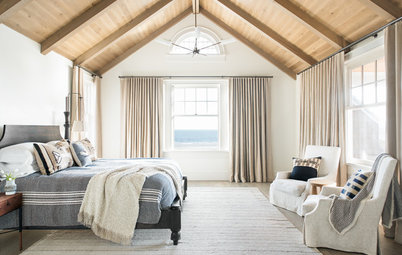
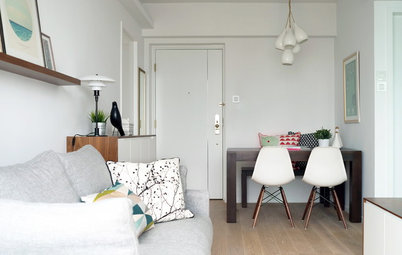

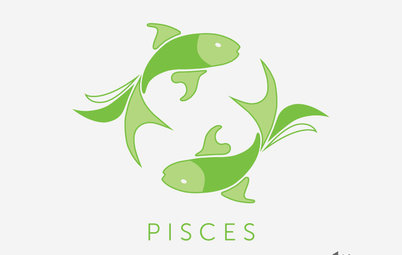
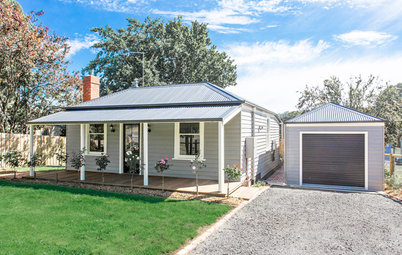
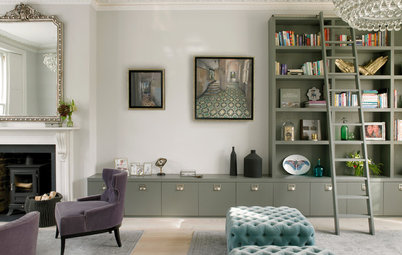
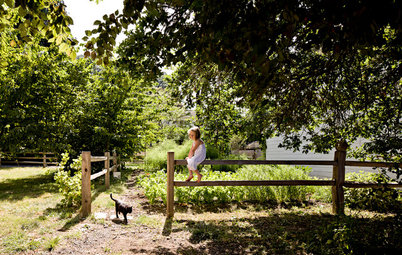
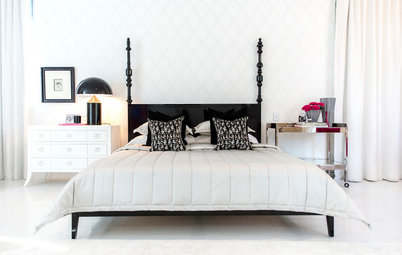
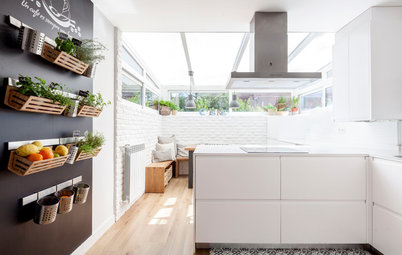
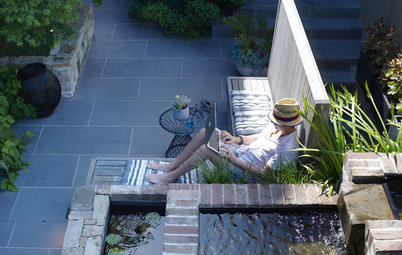
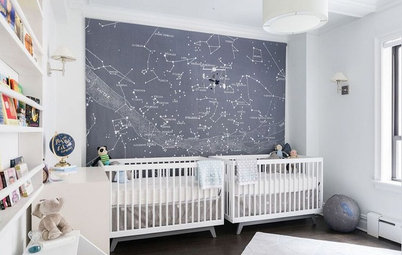
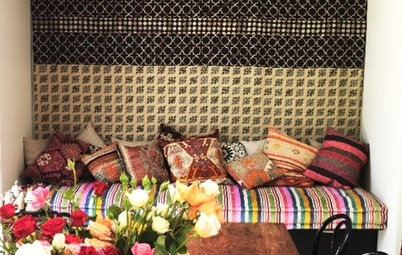
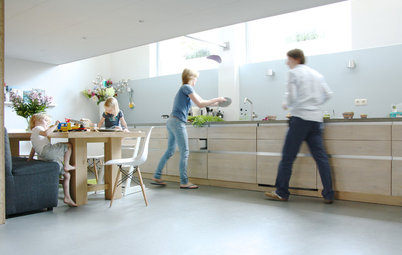
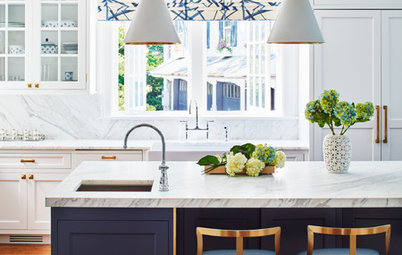
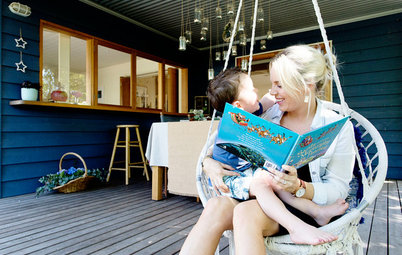
While veganism has boomed in recent years, as Emily Turnbull of the British design firm Studio Can-Can said in an interview with Dezeen, design is still far behind the food industry when it comes to the vegan movement. But maybe that’s about to change.
Find an interior designer or decorator to give your home an ethical, cruelty-free makeover